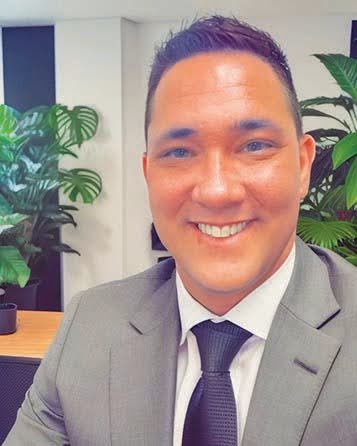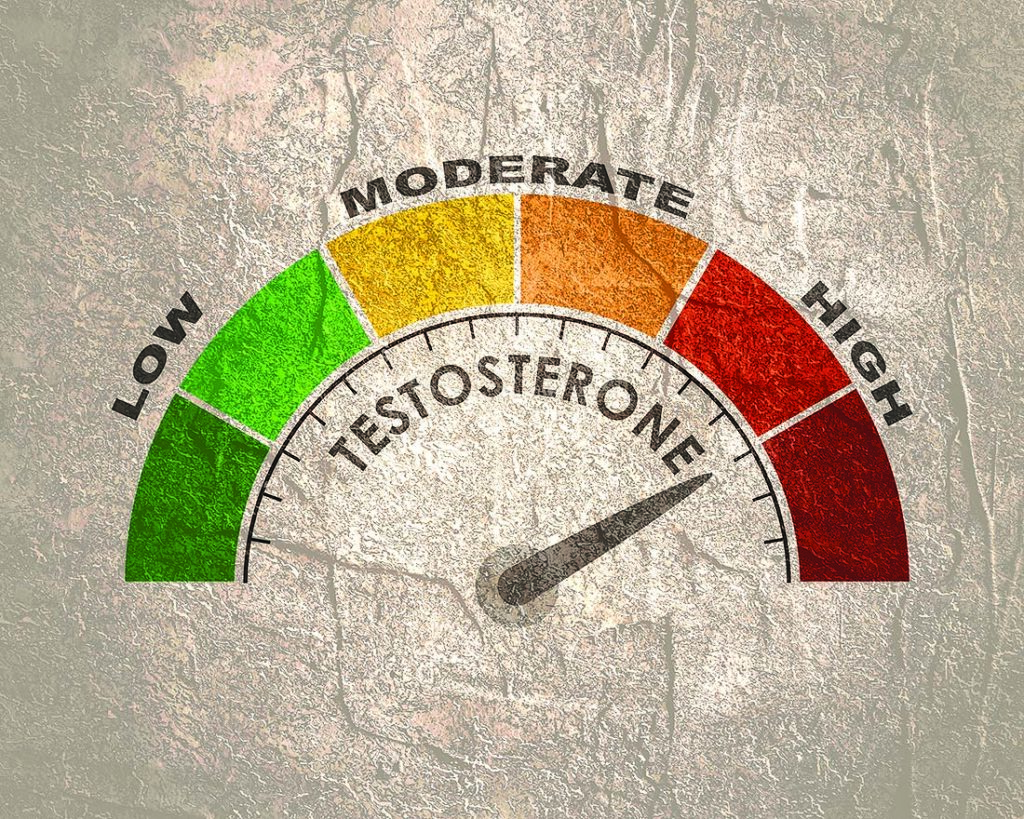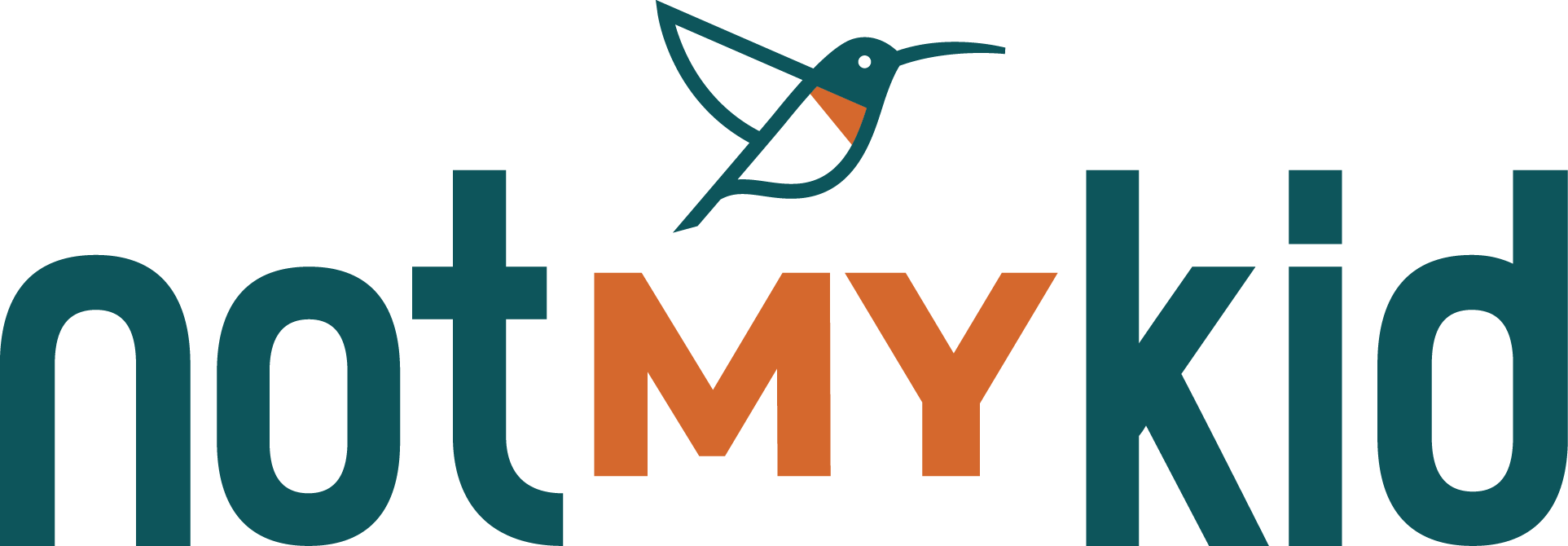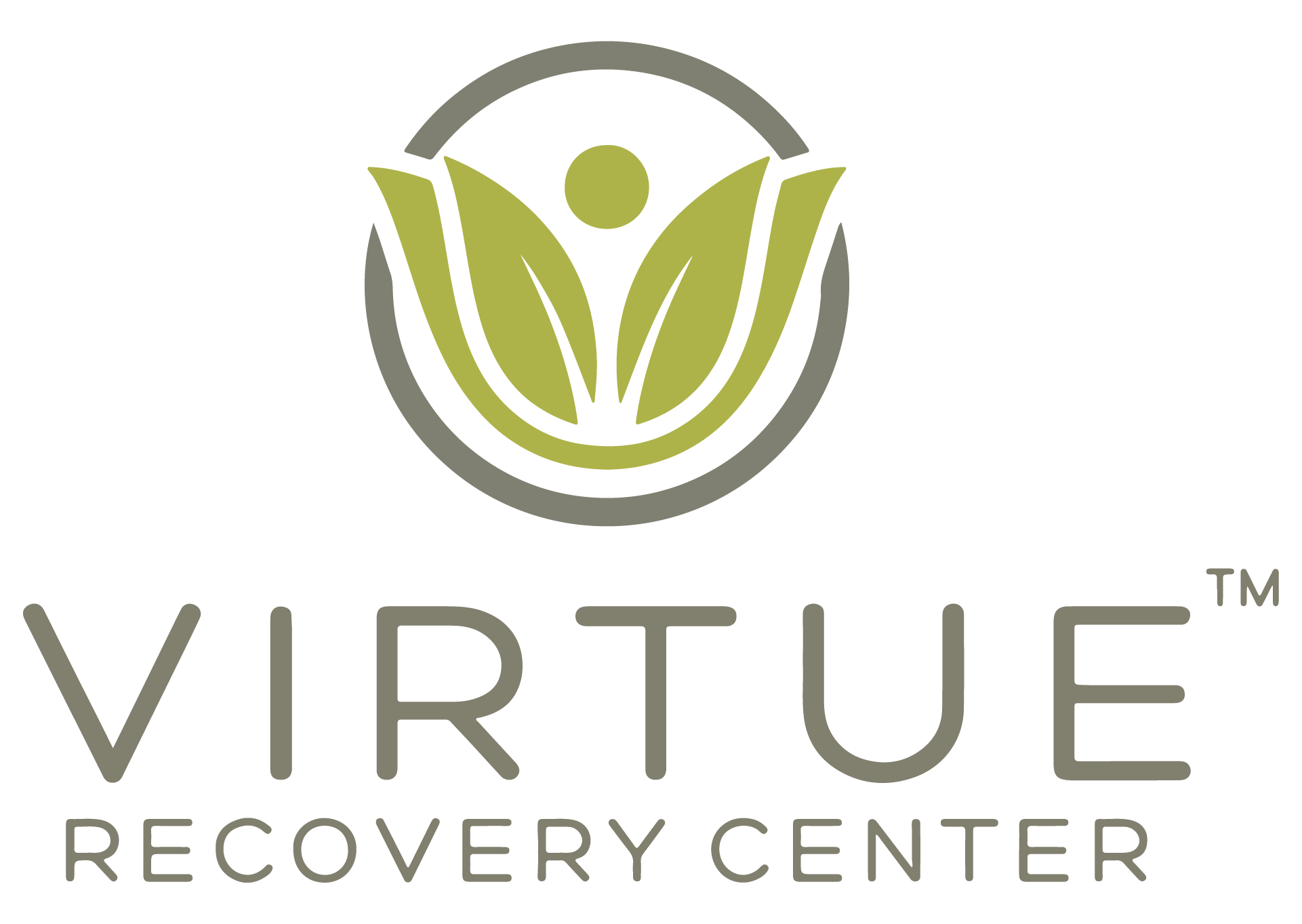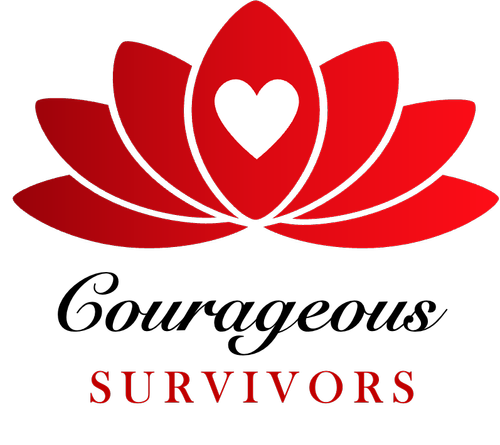By Lisa Marie Shaughnessy
Testosterone is a sex hormone. It makes a man a man and gives both men and women their sex drive. Over the past few years, however, the increased hype around testosterone and the treatment commonly known as “Low T” has wreaked havoc with many patients who didn’t know what they were getting into.
More and more physicians are prescribing testosterone to their patients with the intention of giving them back their zest for life. As a result, a new addiction has emerged: addiction to testosterone.
What is Testosterone?
Testosterone is an anabolic androgenic steroid hormone. Men produce testosterone through the testes and adrenal glands. Women produce testosterone in the ovaries and adrenal glands.
There are two kinds of testosterone: Endogenous-your body produces it, and Exogenous-testosterone that enters your body from an outside source. The outside sources can be Synthetic Testosterone or Bio-Identical Testosterone and administered through pellets, injections, creams, oral, patches and gels.
What are the benefits and pitfalls?
Hormone clinics promote the benefits of increased sex drive, building muscle mass, more energy, improved mood, cognition, bone density, and red blood cell production.
However, the pitfalls include:
- Roid rage, irritability, acne, hair loss with women, facial hair growth with women, heart attack, stroke, anxiety, mania, hyper sexual, enlarged clitoris, insulin resistance in women.
On October 25, 2016, the FDA issued a statement giving approval for “class-wide labeling changes for all prescription testosterone products, adding a new warning and updating the Abuse and Dependence section to include new safety information from published literature and case reports regarding the risks associated with abuse and dependence of testosterone and other AAS.”
In November, 2017, Dr. Kirk J. Brower and Dr. Richard J. Auchus wrote an editorial in the Journal of the American Medical Association, “The Public Health Consequences of Performance Enhancing Substances, Who Bears Responsibility.” They state that performance enhancing substances have been a global health problem for several decades.
Like the opioid epidemic, which includes illicit and prescription opioids, waiting backstage are the illicit and prescription performance substances. The prescription performance enhancing substance I focus on is Testosterone.
What I found fascinating about this editorial is they encourage physicians to change their prescribing practices, because more and more men and women have been overprescribed Testosterone Replacement Therapy. It is now the talk of all the parties and used as a recreational drug.
What most don’t know is Testosterone is not approved by the FDA for women and only approved for men who have the legitimate diagnosis of hypogonadism.
Over the past few years, the increased hype around testosterone and the treatment commonly known as “Low T” has wreaked havoc with many patients who didn’t know what they were getting into.
For over five years I’ve been doing presentations to therapists, first responders, and others sharing the expertise of Dr. Thomas Perls who wrote an article for Today’s Geriatric Medicine, Pseudohypogonadism – Making Men Believe They Need Testosterone. Low T is a classic case of disease mongering
The definition is two parts:
The invention of a new syndrome or disease or changing the definition of a current disease so more people can be potential targets for drug sales, and the widespread marketing of drug and/or services for treating the newly defined disease.
Men are targeted with the Low T ads that asks, “Are you tired, lost your libido?”
That is “pseudohypogonadism,” prescribing testosterone and not addressing the underlying cause.
The result: Profit. Windfall-testosterone sales went from $324 million in 2002 to $2 billion in 2012 and the number of prescribed testosterone doses increase from $100 million in 2007 to$500 million in 2012 and are projected to be $5 billion this year alone. This does not include the sales from compounding pharmacies, the internet and direct to patient sales.
Perls calls “pseudohypogonadism” prescribing testosterone and not addressing the underlying cause that includes, poor diet, sleep apnea, lack of exercise, drinking alcohol and stress.
A study by Australian Scientist, David Handelsmans showed healthy men who are aging show no decline in testosterone, and testosterone deficiency is the cause of diseases of their pituitary or testes and they do not need testosterone.
Testosterone is a Business
This is important to remember. If you’re going to a “hormone clinic” they are going to sell you hormones. That’s the business they’re in. Testosterone is an anabolic androgenic steroid hormone.
The most frightening thing about disease mongering is that almost eight billion people live on the planet and an estimated 3.2 billion have internet access. Easy marketing has also raised concerns about illegal drug dealers.
Read these headlines carefully. They are a portent of what is becoming the next drug epidemic. “Global Testosterone Replacement Therapy Market 2019 to See Worldwide Massive Growth.” For a few thousand dollars prospective investors can get a full report outlining the market that “you, too, can get in on.” The lack of education globally could raise a generation of very sick, drug dependent people. The report outlines the market, the trends and all the “expert” data you need to target “North America, Europe, Asia Pacific, Latin America, Middle East and Africa.”
Another press release by Marketwatch April 2019 beckons: “The Testosterone Replacement Therapy market stands tall as one of the most proactive industry verticals. . . to accrue substantial proceeds . . . fuel the industry trends. . .in tandem with myriad other dynamics pertaining to the Testosterone Replacement Therapy market. . . growth opportunities . . .”
This mass marketing sounds like legal drug dealing to me.
In the 1987 film, Wall Street, Michael Douglas as Gordon Gekko delivers a monologue in which he declares, “Greed, for lack of a better word, is good. Greed is right. Greed works.”
Think of that, and then ask yourself how testosterone sales could leap in the same way that opioid sales did prior to that epidemic? This is a case where greed, posing as the entrepreneurial spirit, got ahead of science. At some point, it has to stop because it’s costing people their lives.
Androgen administration
An androgen (from Greek andr-, the stem of the word meaning “man”) is any natural or synthetic steroid hormone that regulates the development and maintenance of male characteristics in vertebrates by binding to androgen receptors. Androgens are synthesized in the testes, the ovaries, and the adrenal glands.
Dr. Jan Shifren, associate professor of obstetrics, gynecology and reproductive biology at Harvard Medical School wrote in Harvard Women’s Health Watch, “We cannot say that testosterone is safe long-term in women. There is no point to women getting tested for low testosterone, say our experts. Because all postmenopausal women normally have low testosterone, there is no clear cutoff for a true deficiency. Also, it is rare for low testosterone to be the cause of sexual difficulties. Checking testosterone levels will not help determine the cause of your sexual problems.”
In 2014, I created an online survey; Make no mistake, this is not a “scientific research study.” It is not a double blind study, nor peer reviewed. It is an online research survey I created to gain insight into those who are using testosterone and the spouses of those using testosterone.
There were 147 survey respondents, 46.15% were men, 50.35% were female and 3.5% transgender. The majority of those who took the survey were 45-54 years of age with 35-44 next at 26.21%.
55.94% of those respondents are currently using testosterone replacement and 30.07% said their spouse is using testosterone replacement therapy and 9.79% are no longer using testosterone. Injections were the leading form of administration with 57.58%. The reason for choosing testosterone replacement therapy was because their doctor told them they had low T at 43.85%.
50% of the respondents experienced hypersexual symptoms and 50% of the respondents experienced manic symptoms.
Seventeen respondents made it clear they had not experienced any side effects and it has had a positive impact on their lives.
In 2014, I declared that Testosterone was the New Drug Addiction. The American Society of Addiction Medicine defines addiction as:
“A primary, chronic disease of brain reward, motivation, memory and related circuitry. Dysfunction in these circuits leads to characteristic biological, psychological, social and spiritual manifestations. This is reflected in an individual pathologically pursuing reward and/or relief by substance use and other behaviors.”
Society for Neuroscience says, “Testosterone may be addictive.”
The United States Drug Enforcement Administration has designated testosterone as a Schedule III controlled substance. This means, “The drug has a currently accepted medical use in treatment in the United States. Abuse of the drug may lead to moderate or low physical dependence or high psychological dependence.”
Iatrogenic Addiction and Death by Prescription
Iatrogenic disease is the “third most fatal disease in the US, after deaths from heart disease and cancer,” according to a report by Ronald Grisanti and Dr. Starfield in JAMA. Eugene O’Neill’s 1956 play, “Long Day’s Journey into Night” portrays legal, continuous overprescribed morphine, causing addiction and madness in Mary Tyrone. The conclusion by her son describes the tragedy:
“It should never have gotten hold of her! I know damn well she’s not to blame! And I know who is! You are! Your damned stinginess! If you’d spent money for a decent doctor when she was so sick after I was born, she’d never have known morphine existed! Instead, you put her in the hands of a hotel quack who wouldn’t admit his ignorance and took the easiest way out, not giving a damn what happened to her afterwards! All because his fee was cheap! Another one of your bargains!”
“You must try to see my side of it too, lad. How was I to know he was that kind of doctor? He had a good reputation.”
________________________________________________________
On the morning of September 30, 2012, a man, whom I will call Henry, age 65, walked out in his backyard, put a gun in his mouth and pulled the trigger. His widow found my website and posted this:
“He took testosterone injections for two years, and before long his sex drive was off the charts,” she wrote. “I told him he needed to have his testosterone checked because he had begun acting like a 20 year old.”
When his widow checked Henry’s medical records, she discovered his testosterone had not been checked in July or September. Henry’s autopsy findings revealed he had been overprescribed testosterone and that his testosterone-to-estrogen ratio was way out of balance. The first test revealed a 75:1 ratio and a second test 45:1. A normal ratio for males is 6:1. “I will never understand how this became so out of whack to cause him to take his own life,” she wrote, adding that he had become a “different person” after starting testosterone therapy.”
Today’s question is….
“How all of a sudden does everyone need testosterone replacement therapy? How has TRT has become fashionable and legal?” Once again people today who have been legally prescribed testosterone have to ask, “How was I to know? . . . He had a good reputation.”
David F. Musto, MD, Professor of Psychiatry and the History of Medicine, Yale School of Medicine presented a paper on iatrogenic addiction in 1981. He said, “We deal with a profession which for centuries routinely inflicted grievous bodily harm without qualm.” And despite the Hippocratic Oath, “First, do no harm.” Musto said doctor prescribed addiction is “common in the history of medicine.”
Today, the American Medical Association continues to warn against testosterone and hormone clinics that are “growing at alarming rates.” There are already reports on the fact that a multitude of doctors from all medical professions are becoming so-called “experts on anti-aging.” And if you ask them why they switched practices, their honest answer can only be, they are “doing it for the money.”
There are arguments for and against testosterone replacement therapy. For the consumer, you need to exercise your intuition, critical thinking skills and ask yourself, is this really what I want to do knowing it can suppress my natural production of testosterone and I will have to be on it for the rest of my life?
I have spent the last eight years researching and writing a book titled, Testosterone the Next Drug Epidemic. You can find it on Amazon.com
Why did I write this book?
It was Divine intervention. I felt compelled to tell my story, become a sounding board for those who had similar experiences and to be a part of the solution in overcoming what threatens to become the next drug epidemic.
Think back to when you were going through puberty. What were you feeling? What were you thinking? Were you uncomfortable with your body? Midlife is another form of puberty. The only difference is you’ve got 30 years’ worth of experiences. It’s a time to reconcile those experiences, expand who you are, give back to the world your knowledge and expertise. Low testosterone is not your problem. It’s not going to solve what is lacking in our life.
As the philosopher, Joseph Campbell says, “You must let go of the life you had planned in order to welcome the life that is waiting for you.”
And in the words of wisdom from Carl Jung, “Midlife is the time to let go of an over dominant ego and to contemplate the deeper significance of human existence.”
Lisa Marie Shaughnessy is a certified life coach, former media advertising executive, and behavioral health marketing and business development professional.
In 2009, she was led to believe she was a candidate for testosterone replacement therapy at a hormone clinic in Scottsdale, Arizona. After spending three years on testosterone replacement therapy, she developed an iatrogenic addiction that led her to contemplate suicide. Today, Lisa is a testosterone addiction recovery advocate and speaker. Her topic, “Testosterone The Next Drug Epidemic: Side Effects-Addiction-Death.” Her book is the first to explore, in-depth, the addictive side of testosterone. It is both a warning and a call to action. To reach Lisa with your questions or concerns about testosterone email her at [email protected].


